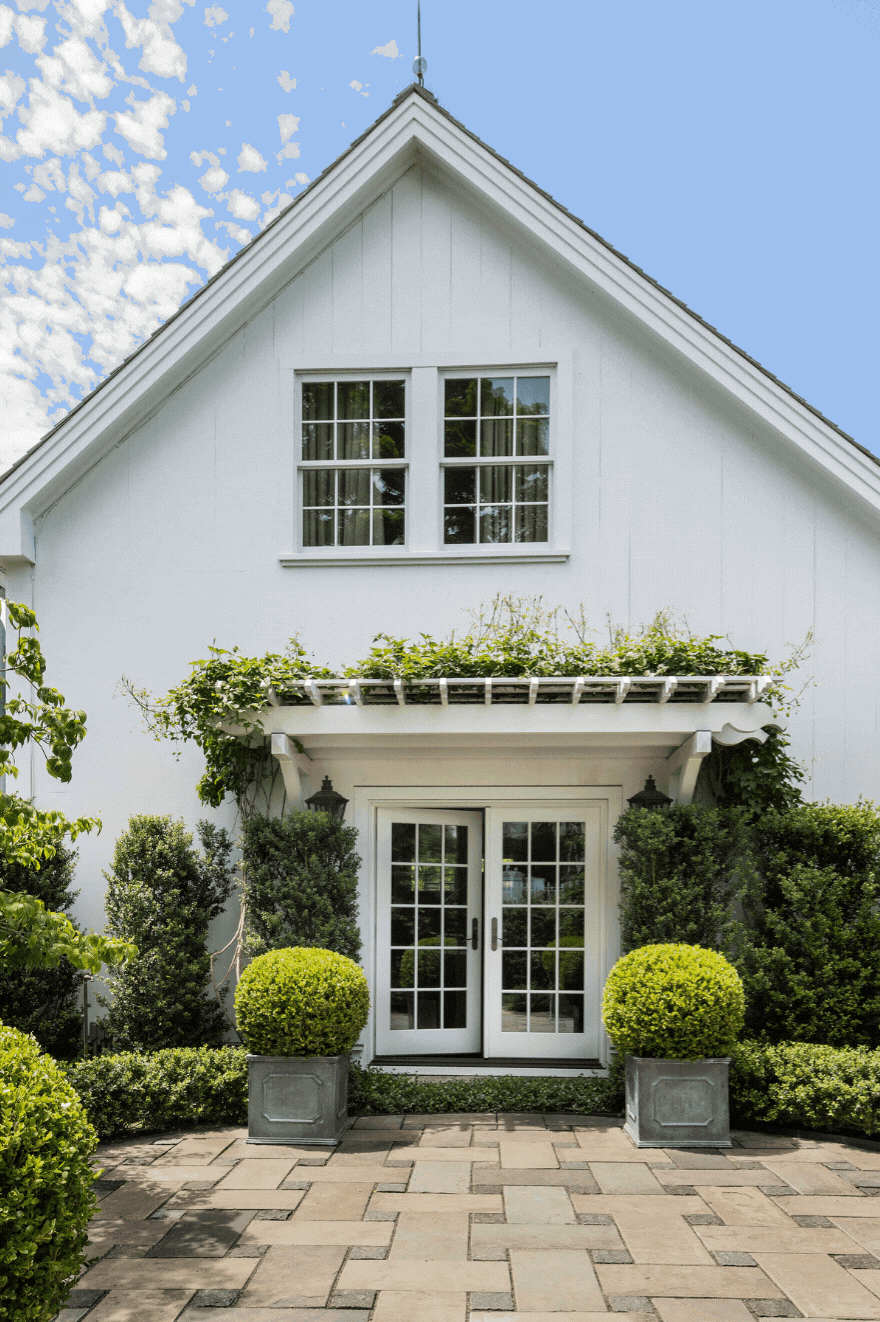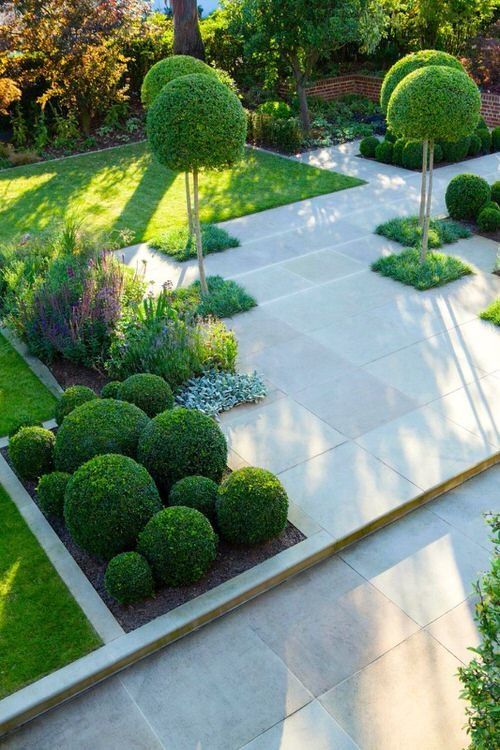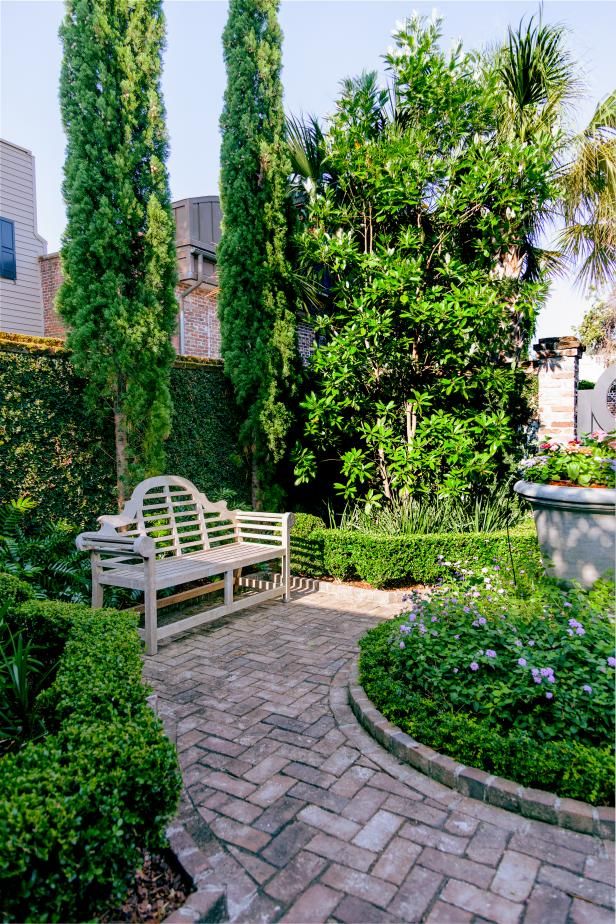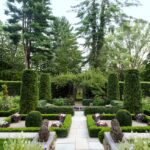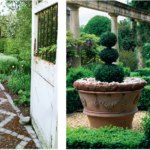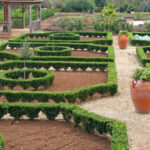Formal garden design is a style that has been popular for centuries, dating back to the gardens of ancient civilizations such as the Greeks and Romans. Today, formal garden design is still widely appreciated for its timeless beauty and elegance.
One of the key features of formal garden design is symmetry. Symmetry is achieved by creating a balanced layout with identical or mirrored features on either side of a central axis. This can be seen in the arrangement of pathways, planting beds, and decorative elements such as fountains or statues. Symmetry gives a sense of order and harmony to a garden, creating a sense of calm and tranquility for visitors.
Another hallmark of formal garden design is the use of geometric shapes and patterns. Rectangular or circular planting beds, clipped hedges, and neatly trimmed lawns are common elements in formal gardens. These geometric shapes help to define the different areas of the garden and emphasize its structured layout. The use of straight lines and right angles adds a sense of precision and formality to the overall design.
Formal gardens often feature a variety of carefully curated plants and trees, chosen for their shape, color, and texture. Boxwood hedges, roses, and topiaries are popular choices for creating formal garden borders and focal points. Flower beds are meticulously arranged in symmetrical patterns or color-coordinated schemes to create a harmonious and visually pleasing display. The careful selection and placement of plants are essential to maintaining the formal aesthetic of the garden.
In addition to plants, formal gardens may also include architectural elements such as pergolas, gazebos, and arbors. These structures serve as focal points or seating areas within the garden, adding height and dimension to the overall design. Columns, urns, and other decorative features can also be used to enhance the formal style of the garden and create visual interest.
Maintaining a formal garden requires regular upkeep and attention to detail. Pruning, shaping, and trimming plants is essential to preserving the clean lines and geometric patterns of the design. Paths and walkways must be kept clear and well-maintained, and any decorative elements should be cleaned and repaired as needed. With proper care and maintenance, a formal garden can continue to delight visitors with its beauty and elegance for years to come.
 yishifashion Where Outdoor Dreams Become Reality
yishifashion Where Outdoor Dreams Become Reality
